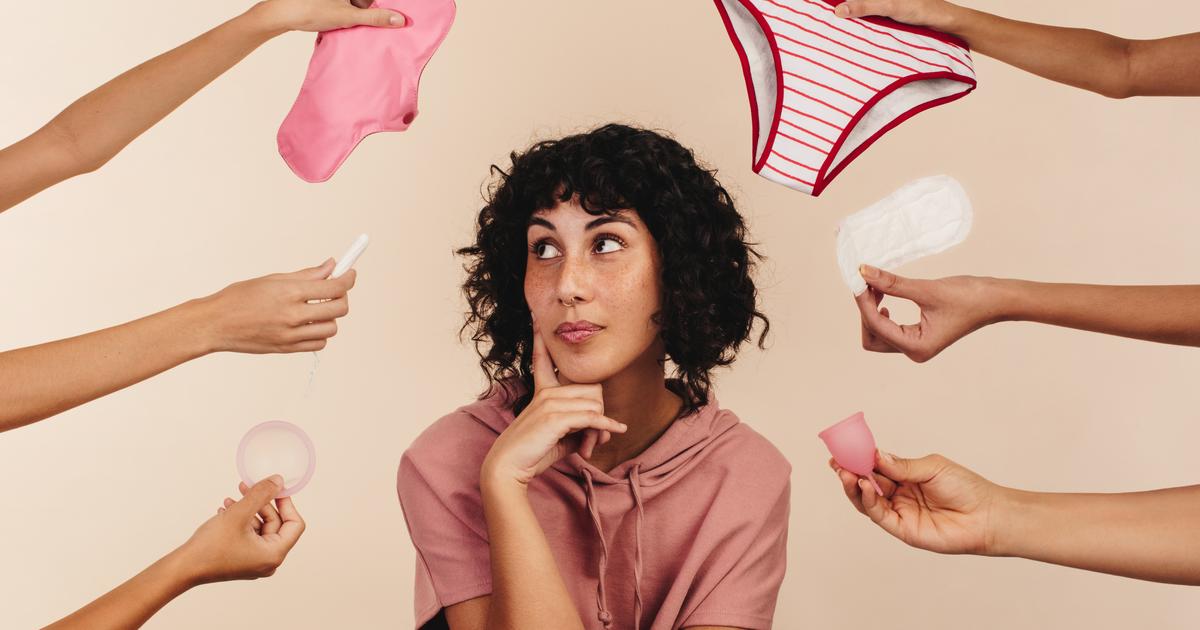A petition from the association 60 million consumers, published this Tuesday, August 27, calls for a new scoring system for household products, often harmful for the environment, but also for health.
60 million consumers analyzed over a hundred cleaning products in its monthly release this Tuesday, August 27. To evaluate the toxicity to humans and the environment, the magazine has implemented a simple and readable system on the model of "Nutri-Score".
The products are classified from A, for the most virtuous to E, for the most harmful in order to have a better identification of toxic or dangerous substances on the packaging of household products. Some products contain irritants, allergens and suspected endocrine disruptors.
16,000 signatures to adopt the "Ménag'Score"
This "Ménag'Score" would not be "a simple survey of some of the most problematic substances but a calculation of global chemical risk taking into account the threats of each ingredient to health and the environment," says the monthly, published by the National Institute of Consumption (INC). Several European consumer associations wish to make it mandatory.
In order for it to be adopted by manufacturers as soon as possible, 60 million consumers have launched a petition that has already been signed by more than 16,000 people on its website.
"Awareness is also not a guarantee of sanitary and environmental quality"
To classify them, the association was based on their "composition displayed" and "without taking into account their effectiveness" : multisurfaces liquids, wipes, sprays for the kitchen and the bathroom, mops, floor cleaners, gels for toilets, etc.
For the association, "the reputation is not a pledge of sanitary and environmental quality" . Their analyzes showed for example that the brand Cif obtained a D for its cream with microcrystals and an E for its spray for kitchen and bathroom "5 in 1".
WC blocks to banish
In its analysis, the monthly reveals sometimes radical results. He considers " disinfectant " products "useless" , and advises against those containing bleach because presenting risks for the eyes or the respiratory tract and judges "very polluting" the blocks for WC. At each flush, harmful substances are found in nature. Among the worst in this range are Duck "Fresh Disc Fresh Marine", Harpic "Color Power 6 Tropical Lagoon" and toilet blocks brand U "4 in 1 bleach".
Multipurpose wipes and bathroom foams are to be banned according to 60 million consumers . The wipes are relatively harmless but often end up thrown in the toilet and clog the pipes. Those of the brand Carolin bicarbonate, Monoprix and Leader Price are to be banned in priority. All three have an E and contain particularly harmful substances.
The limits of eco-labels
On the side of bathroom foams, although they are effective, they are also dangerous. Those of the Cillit Bang brands "showers & large surfaces" and Topp's "express bathroom" foam are particularly pointed out.
For the association, "the Ménag'Score also highlights the limits of eco-labels. While the products bearing the Ecolabel or Ecodetergent labels are numerous to obtain a good rating, some still receive a poor score, such as multisurface liquids Etamine Lys, Apta or Univert, noted C. " .
Difficulty obtaining product compositions
To carry out these tests, the magazine explains that getting the list of ingredients for each product, unlike cosmetics, has not been easy.
Because "the regulations on detergents dictate that the large families of components with their range of concentration" , the rest (allergens, preservatives) not being mandatory and "can only appear on the website indicated on packaging or be communicated by mail, on demand, "he says, hence the relevance of a clear and legible labeling for the consumer.
The monthly also points out that the terms used in the compositions "are not harmonized - some have up to 28 synonyms -" , and that detergents may depend on several different regulations, adding to the confusion.
Share this article
Toilet blocks and gels, multi-purpose wipes ... What are the most toxic household products, according to 60 million consumers?ENLARGE







